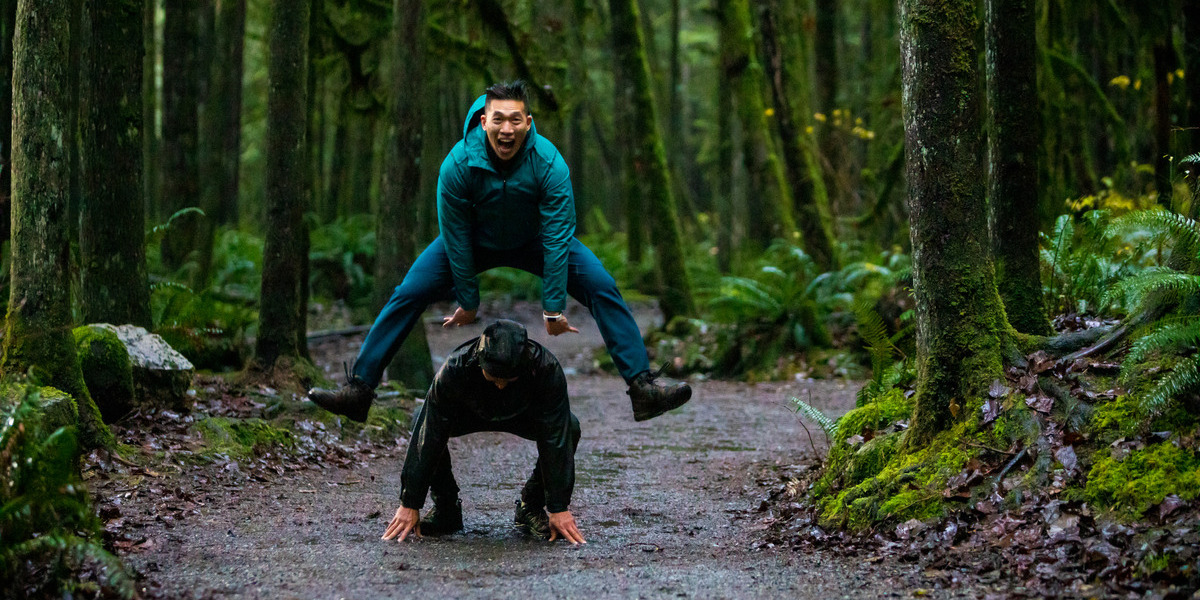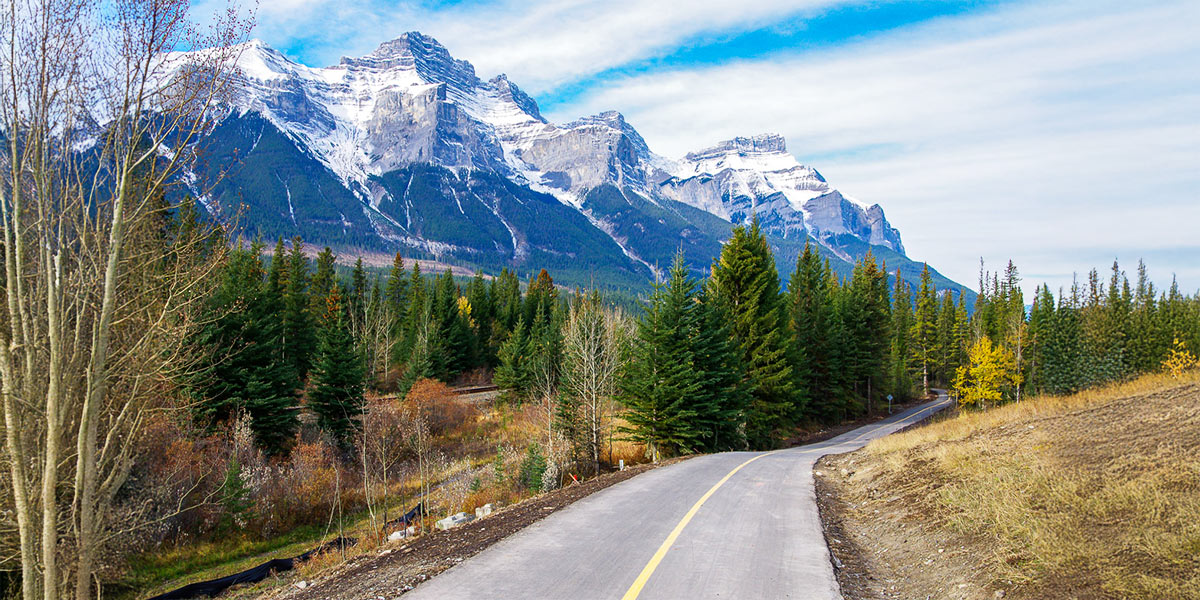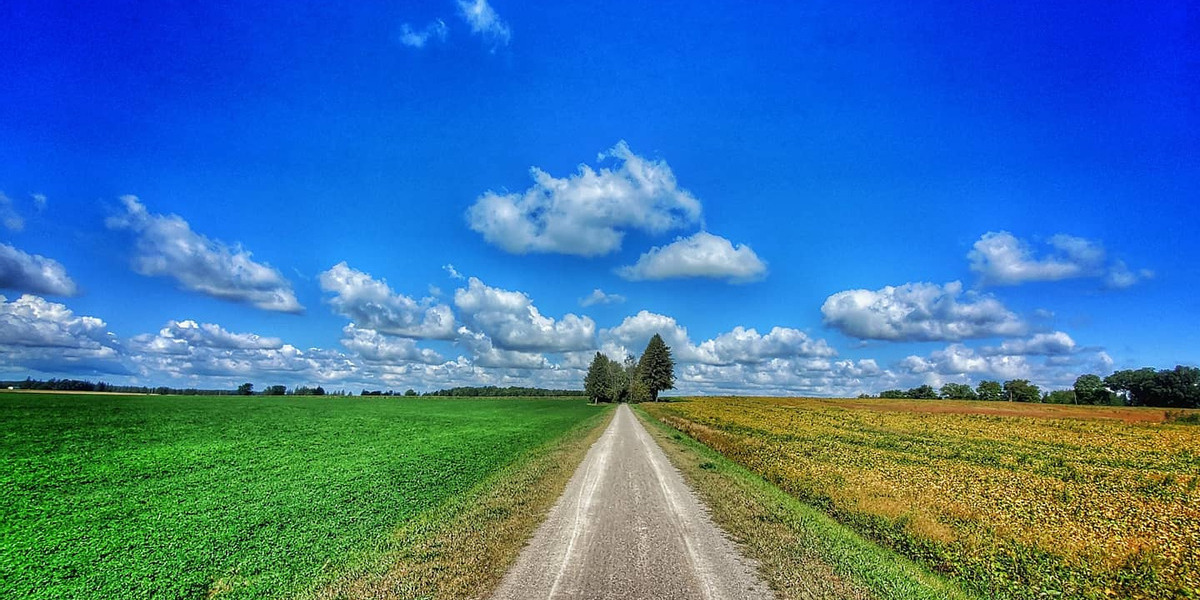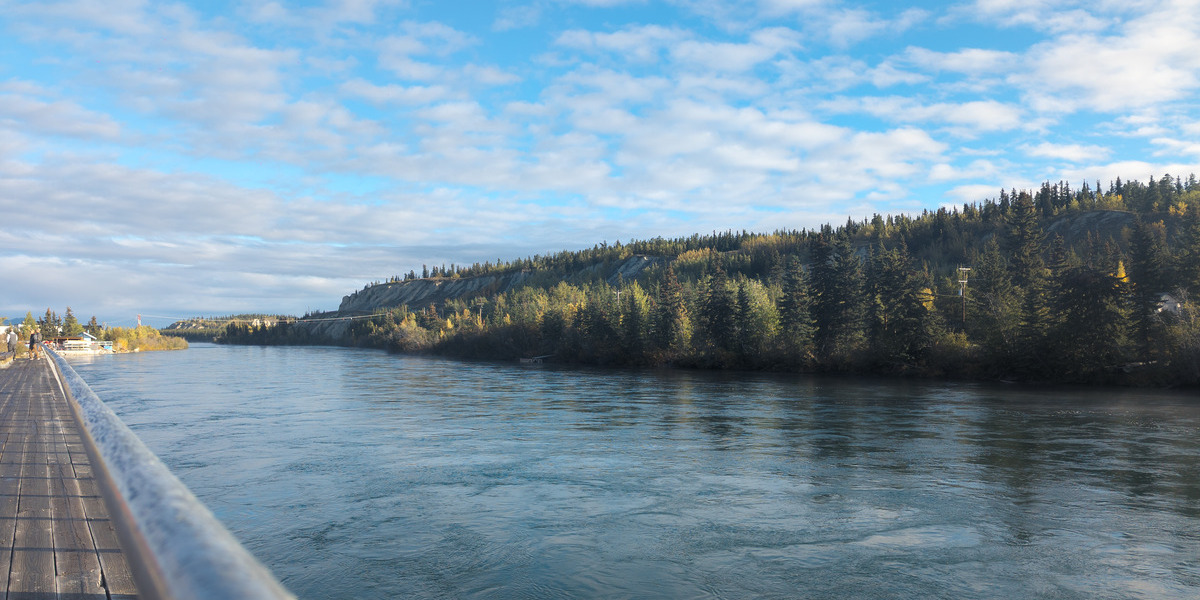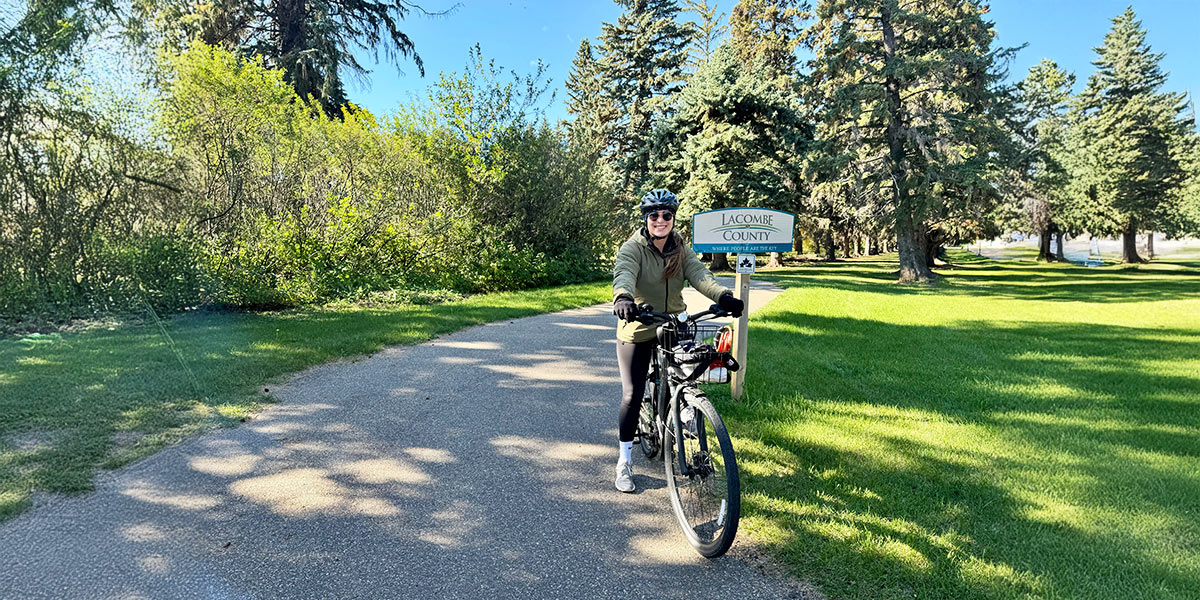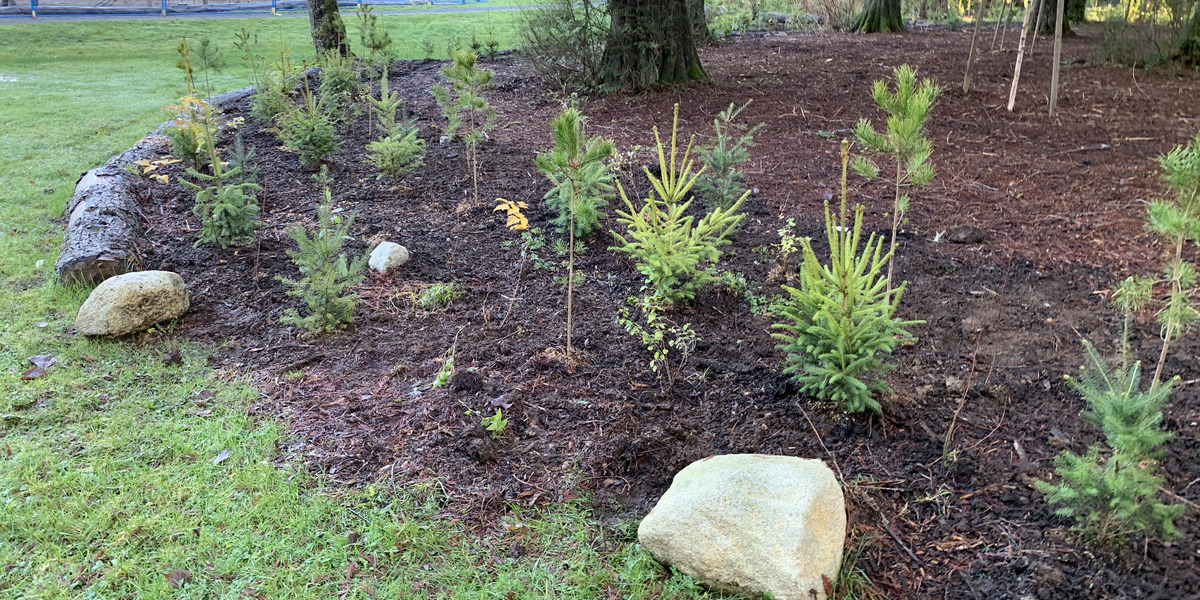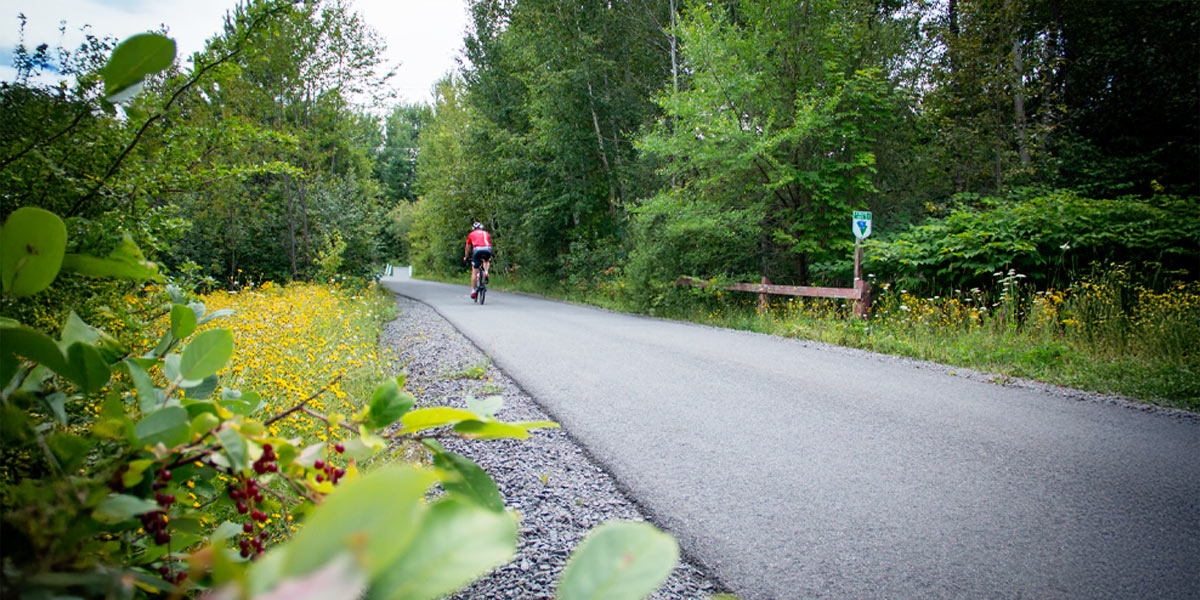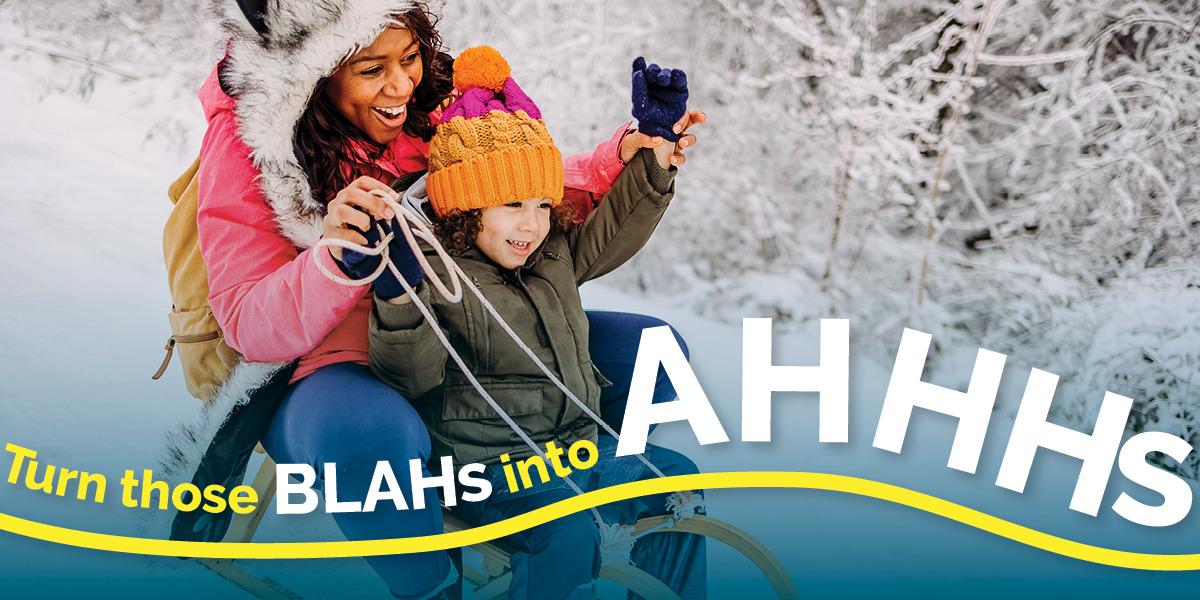6 cross-country skiing tips on The Great Trail
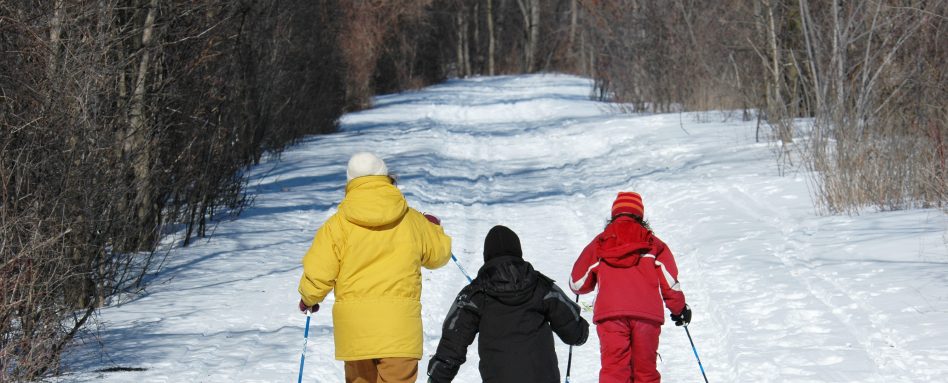
Text: Kimberley Fehr
Every year, I’ll be skiing along, caught up in the experience, and suddenly I’ll look up and see the signs, and find that I’m not just on any trail, I’m on The Great Trail. It might be the endorphins, but The Great Trail inspires a sense of elation and promise; a nationalistic pride that my country boasts the world’s longest network of recreational multi-use trails, with over 24,000 kilometres to explore.
If I continued skiing from where I am in Ontario, I could go all the way to the Pacific Ocean – or even the Arctic Ocean. Although there’s no one around, I’m sharing this same trail with thousands of people all across the country. Just think.
If you’ve never cross-country skied before, that shouldn’t stop you from cross-country skiing on The Great Trail, or anywhere else. You can just go and do it, or you might want to have lessons, but if you’re somewhat fit with reasonable balance, classic skiing is easy enough to pick up. Here’s a rundown of how to get skiing.

Photo: Math Sparks
1. Start on a nice, flat trail
At a commercial ski area, go for the green circle trails. If you want to ski The Great Trail, seek out a former rail trail section such as the Caledon Trailway in Ontario, the Parc linéaire Le P’tit Train du Nord in Quebec or Alberta’s Iron Horse Trail. Sections of The Great Trail that were built on former railroad rights of way are often nearly flat, what’s known as railway grade, less than a 2% slope.
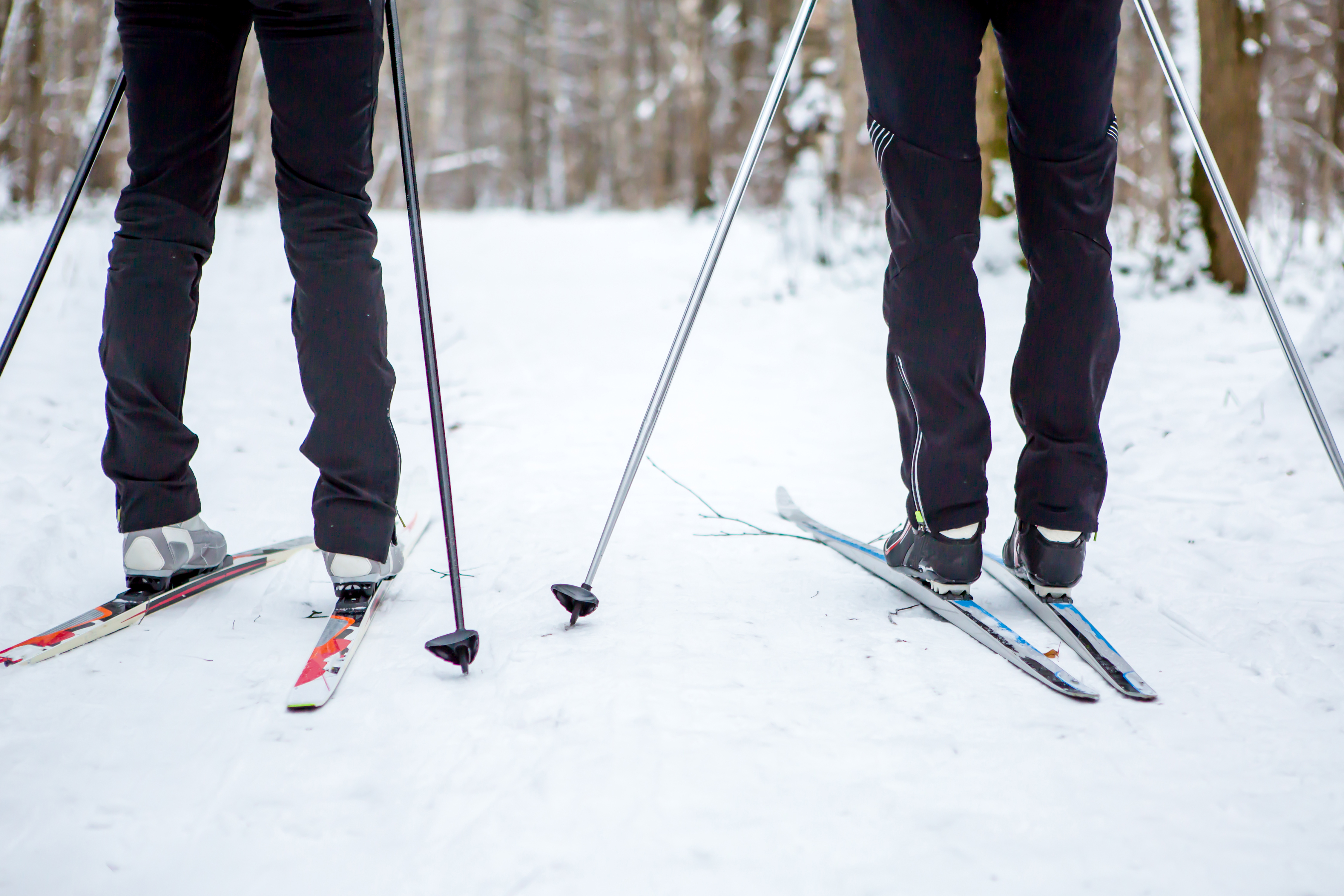
2. Size your skis and poles
The store where you rent or buy skis should help with this process, but here’s a primer. The traditional method is to raise one arm over your head and choose a ski that measures up to your wrist.
However, if you are buying skis in a ski store, you may be asked to put on boots and stand on the skis, while checking for a gap under the skis where your feet are. Then, they might have you shift your weight to one foot to see if the ski depresses, which would give you enough grip on the snow with your “kick zone” to push into a glide on the other foot. This method ensures skis have enough give and flexion for your weight to create an optimal glide.
Some skis need to be waxed to give them sticking power to the snow, but now waxless skis come with scales underneath that grip the snow, no wax required.
For your poles, you’ll want them reach under your armpit when they touch the ground.
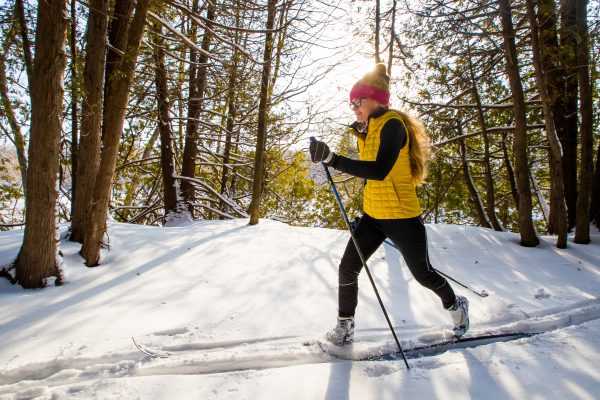
3. Dress to strip down (or bulk up)
No matter how you feel when you start skiing, you’ll feel a lot warmer after 10 minutes. Accept it – you are going to sweat!
Layers are a Nordic skier’s best-dressed strategy. On top, a few good insulating layers in synthetic fabrics that you can strip down go a long way towards happiness on the Trail. A breathable soft shell jacket is good, but you’ll also want to have something waterproof on hand for rain or wet snow. For pants, cold weather running or cycling gear that wicks moisture and blocks some of the wind should work well.
Two pairs of socks help prevent blistering – thin liner socks plus a layer for insulation.
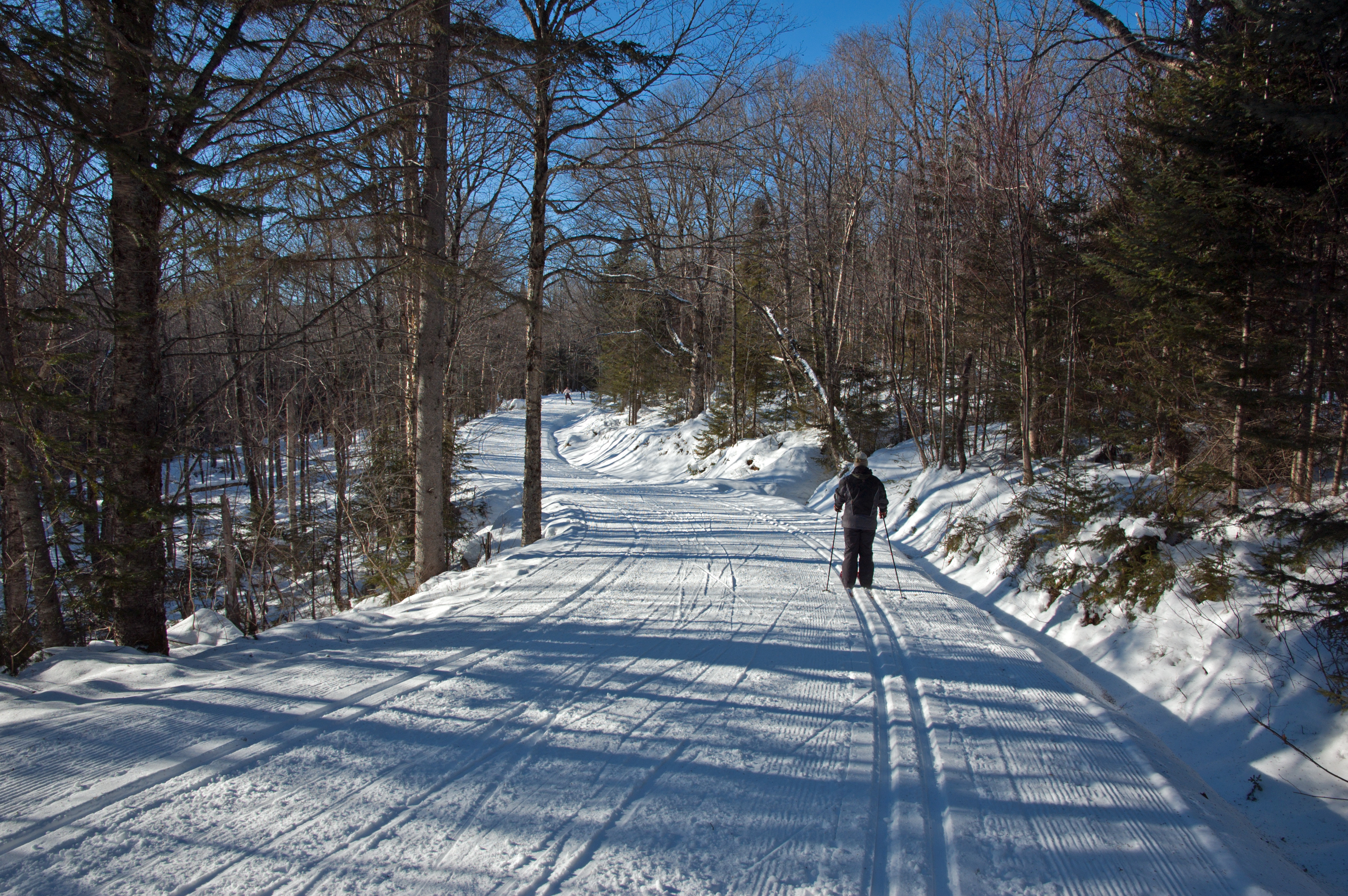
4. Start with a shuffle
Now that you’re dressed, have your skis on and poles in hand, you can start with a simple shuffle. It’s just like walking down the street, only on skis. Put one foot in front of the other, digging your pole into the ground by your foot for balance. Doing this on a trail that has been track set, with grooves for each ski, can help keep your skis underneath you.

Photo: Tourisme Laurentides
5. Step it up with a kick’n’glide
Once you feel comfortable with your shuffle, pick up the pace with a little kick’n’glide. The trick to cross-country skiing is the weight transfer between your feet.
Plant your pole beside your boot as you’re pushing off. As you shift your weight to your foot, your knee should be above your ankle. Keep your eyes forward, your nose above your toes. Imagine an invisible line between your nose and your boot, and lean forward into the glide. A great way to get the hang of this is to start with only one ski on, or to practice without your poles.
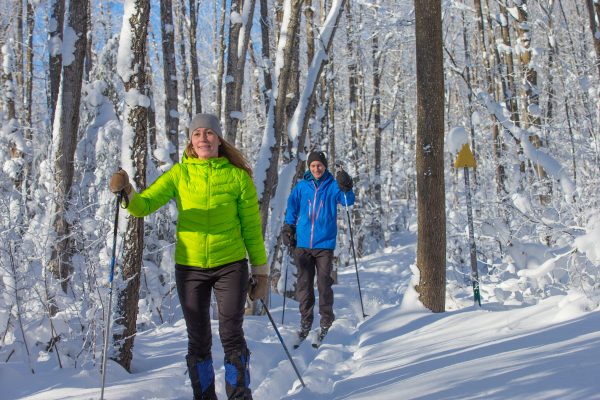
6. Bring your arms into it
Swinging them in opposition to your legs furthers your glide. You can also apply a stronger push from the poles.
“Once you feel the rhythm in your body, you’ve got it,” says Toronto resident Ramya Ramanathan, who skied her first time without lessons.
Cross-country skiing is a sensation that’s even better on The Great Trail. A fantastic workout and a sure ticket to an endorphin high, this highly addictive activity can transform your winter blahs to winter pizzazz. You’ll even be sad when winter ends – really!


